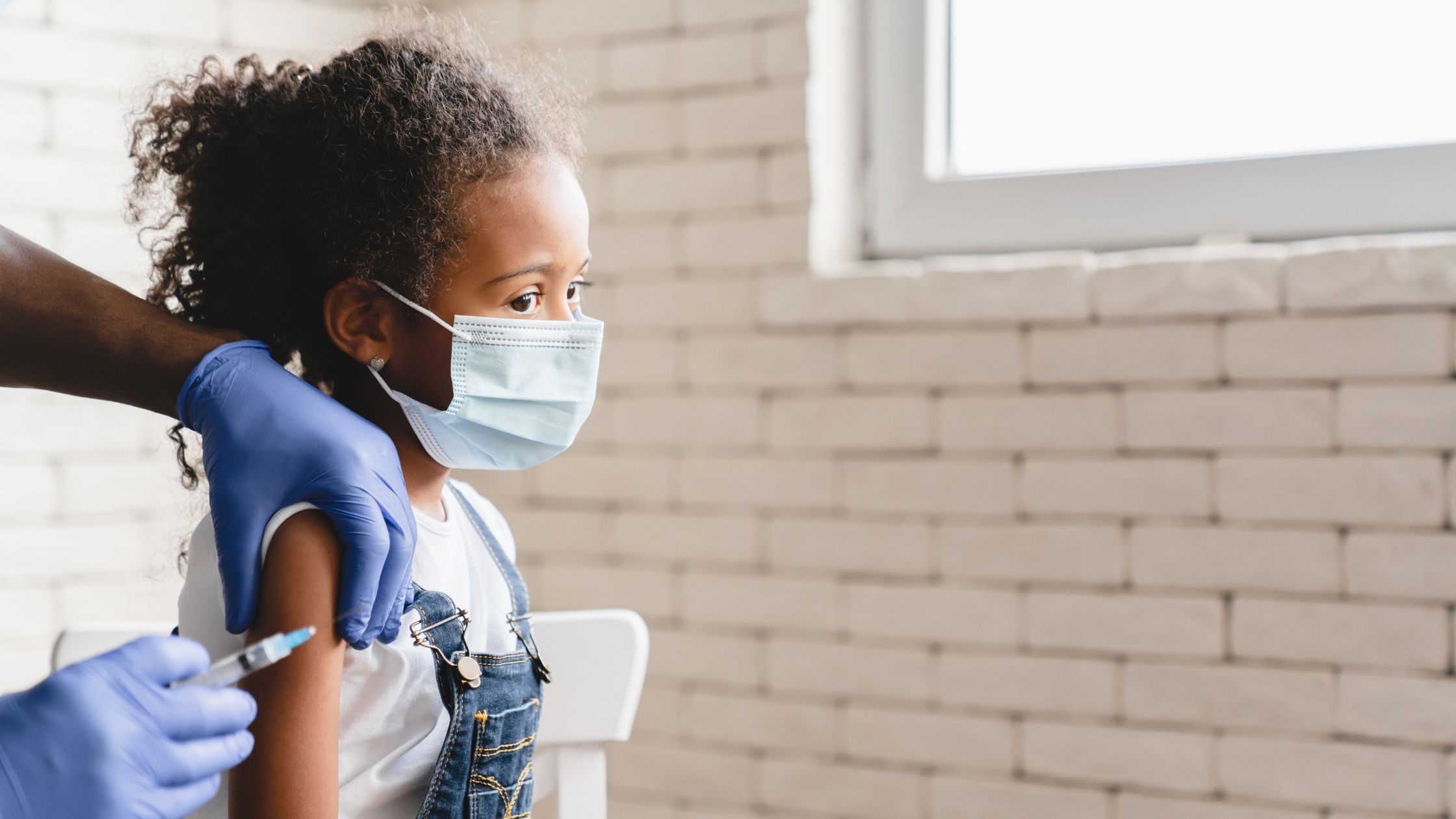Polio: Symptoms and prevention methods you should know
We thought we were done and dusted with polio cases almost four decades ago. Sadly, the virus has re-emerged in New York. Here’s how you can protect yourself.
August 24 2022 | Simra SadafPolio: Symptoms and prevention methods you should know
What is polio? Polio has existed for thousands of years. It is a disease caused by the poliovirus. It is an impairing, disabling, and life-threatening disease. In some cases, the symptoms are mild, but in some cases, the symptoms are fatal and can lead to paralysis in the arms and legs. In rare cases, it can even result in death.
It was detected in New York City wastewater. Those who aren’t vaccinated against poliovirus are at the highest risk. This reappearance of polio disease is threatening to destroy decades of progress. This is happening predominantly because 60% of residents in Rockland County haven’t been vaccinated against the poliovirus.
Types of polio and their symptoms

Is polio a virus? Polio is the name of the disease caused by the poliovirus. Polio is still affecting people in some parts of the world like Afghanistan, Africa, and Pakistan. It is highly contagious. Different types of polio have different health effects on people.
Abortive poliomyelitis: This is a minor form of polio that causes intestinal infection and lasts only a few days. It causes flu-like symptoms and isn’t fatal. It results in fever, sore throat, and headache.
Non-paralytic poliomyelitis: The polio symptoms are flu-like. It causes sore throat, fever, back pain, stiffness, and vomiting. It can last up to 10 days. In rare cases, it might cause meningitis and swelling around the brain. This is more worrisome than abortive poliomyelitis and it might require you to get hospitalized.
Paralytic poliomyelitis: This is the most severe form of polio. It attacks the brain and spinal cord. The muscles that help you speak, swallow, and breathe can be paralyzed depending on which part of the body is affected. Less than 1% of people are affected by this type of poliovirus.
Post-polio syndrome: This is rare but it can happen even years after polio affects them. It leads to fatigue, breathing problems, and atrophy.
Polioencephalitis: This is another rare polio disease that affects infants. The brain’s gray matter gets an acute infectious inflammation.
How is polio transmitted?
Poliovirus is spread from one person to another through fecal or oral transmission. It is spread because of unsanitary conditions and through contaminated food and water. It enters the body from a person’s mouth and grows in their throat, stomach and intestine.
Poor hygiene is one of the major factors which can cause polio disease in humans. When coming in contact with water that is contaminated by an infected person’s feces is another way of polio transmission. Some other factors which can contrive to polio transmission:
Coming in contact with an infected person’s saliva.
Picking up infected feces in your hand and then touching your mouth or nose.
Putting in your mouth an object which is contaminated by infected feces or saliva.
A person who has polio can spread the virus immediately till 2 weeks after their symptoms appear. The virus can be spread from the infected person’s body for up to a month even if they are asymptotic.
How to diagnose polio
If you have polio symptoms, then you can submit your stool, throat, blood, and urine samples. You need to submit your travel history and medical history. Polio disease is mostly detected in the stool of an infected person.
How to prevent polio

Polio majorly affects children under the age of five. But adults who haven’t been vaccinated against poliovirus are at risk of developing this disease.
The polio vaccine is the only way to prevent polio as there are no other specific treatments. Frequently washing hands is one of the ways to keep your hands clean. There are two types of vaccines:
Inactivated poliovirus vaccine (IPV)
Childhood immunization is very important for a kid to grow healthily. IPV is the only vaccine used in America since the year 2000. It’s an injection given in the leg or arm depending on how old the patient is. They should get four doses of this vaccination.
When the child is 2 months old
4 months old
6 to 18 months old
4 to 6 years old
Oral poliovirus vaccine (OPV)
This is used in many countries where the vaccination is given orally. However, this vaccination is no longer licensed in America. Children receive drops of this vaccine in their mouths.
Polio vaccine reaction
Like any other medication and vaccine, even polio vaccines can result in side effects and allergies in some adults and children. Signs and symptoms of the side-effect are:
Fainting and feeling dizzy
Shoulder pain
Difficulty in breathing
A rapid increase in heart rate
If anyone in your family has side effects due to the polio vaccine, they must immediately get help from their healthcare provider.
Polio has been caught for the second time in a month in New York. You can get polio even if you are vaccinated. However, the polio symptoms can be mild in such cases. Wash your hands regularly and vaccinate yourself as soon as possible.
Disclaimer : Beem Wellness provides general education on health and wellness. The content on this blog, website or any linked material is not intended and should not be considered, or used as a substitute for, medical advice, diagnosis or treatment. If you or any other person has a medical concern, you should immediately consult your health care provider.
In case of medical emergencies, please call 911.

